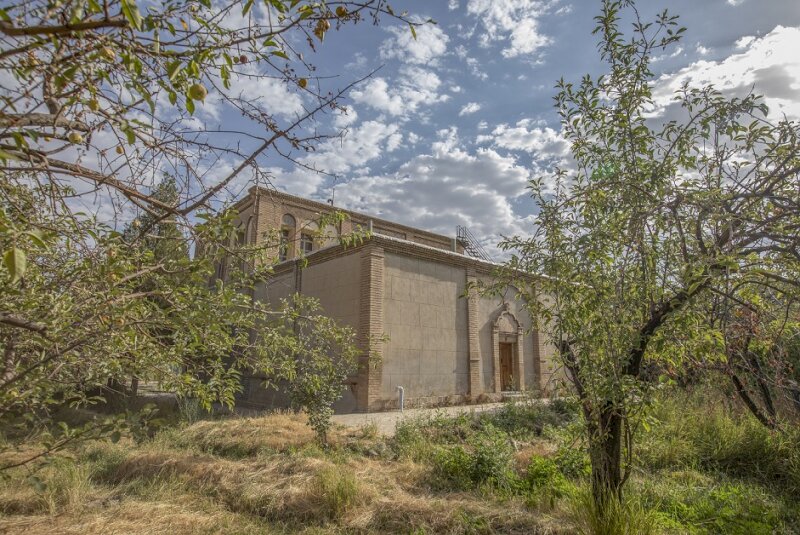Qajar-era Tekkiyeh being restored to former splendor

TEHRAN –Didehvar Tekkiyeh, a Qajar-era (1794–1925) place for gathering of mourners, has undergone some rehabilitation works.
The project involves strengthening the walls and rooftop as well as repairing the wooden interior decorations of the building, which is situated in the city of Borujerd, western Lorestan province, according to a local tourism official.
The Tekkiyeh, which is located inside a historical garden, has been purchased by the province’s Cultural Heritage, Tourism and Handicrafts Department and Borujerd Municipality, Hojatollah Yarmohammadi added on Sunday.
The historical monument and its surrounding garden are altogether listed on the National Heritage List.
With grief-stricken hearts, millions of the faithful across Iran along with their fellow Shia Muslims worldwide hold massive mourning ceremonies in the lunar month of Muharram to commemorate the martyrdom anniversary of Imam Hussein (AS), third Shia Imam and the grandson of Prophet Muhammad (PBUH).
During that month, apart from mosques, each neighborhood sets up its own establishment for the ceremonial processions of the month known as Tekyeh (or Tekkiyeh), which are venues for gathering of mourners known as ‘heyat’ (literally meaning group or delegation) who cherish the courage of Imam Hussein (AS) and his 72 loyal companions who were all martyred in the battle of Karbala in 680 CE.
Tekkiyeh (stemming from the word eteka, meaning backup or reliable) was historically a staying place for visiting pilgrims and dervishes who relied on the goodness of the benefactors for daily sustenance.
Today Tekkiyehs, however, are specific locations for mourners who meet and participate in religious gatherings after which they head out on the streets in groups known as dasteh (literally meaning cluster) to parade dramatic mourning.
Tekkiyeh is also a place for performing tazieh, a passion play inspired by historical and religious narrations, and Sineh-Zani [beating the chest] ceremonies.
Tazieh, which recounts religious events, historical and mythical stories, and folk tales, was registered on UNESCO’s List of the Intangible Cultural Heritage of Humanity in November 2010.
ABU/AFM
